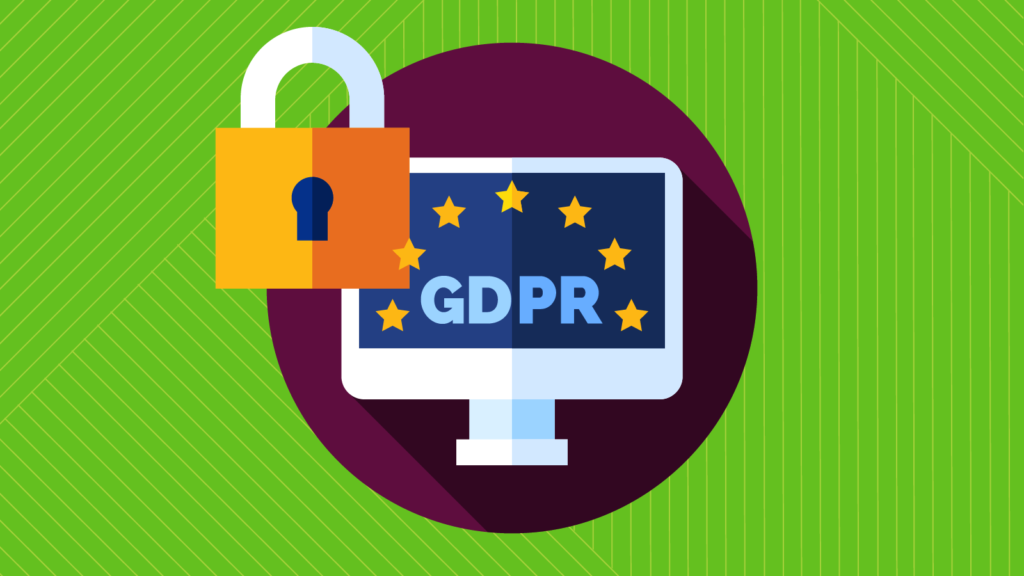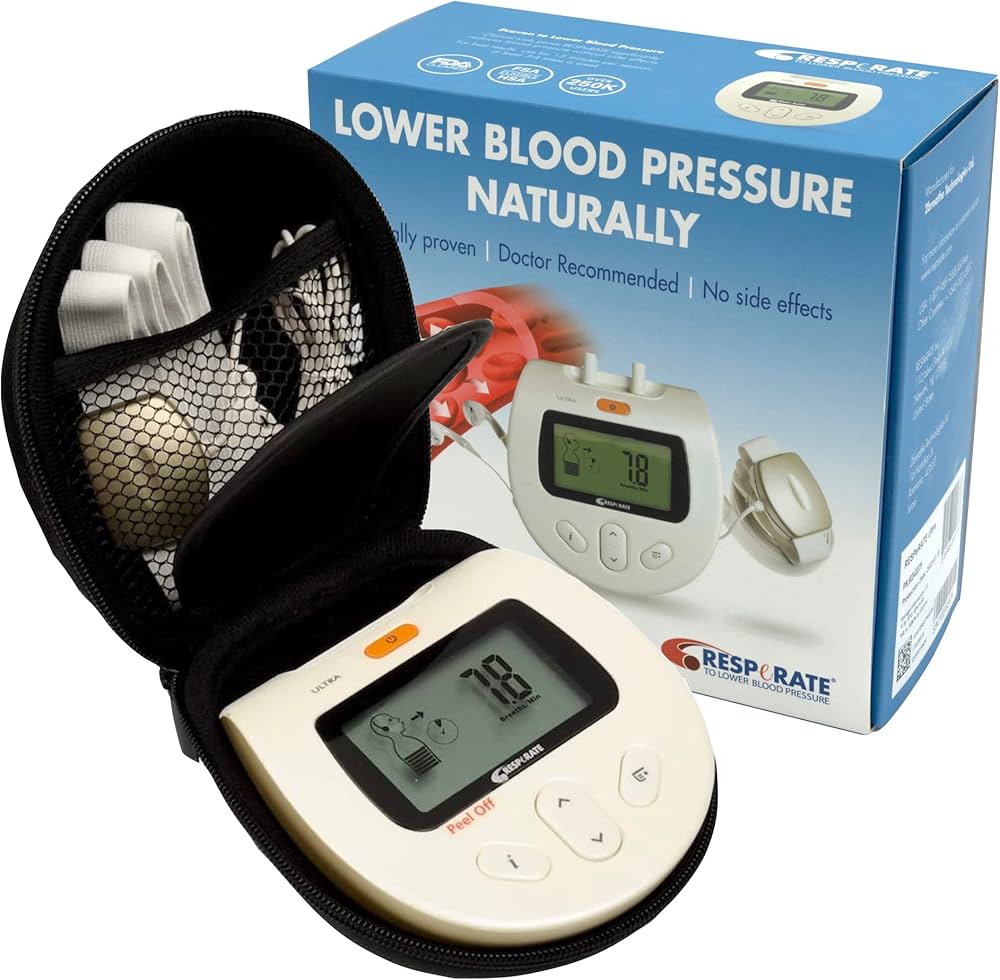The General Data Protection Regulation (GDPR) has radically transformed how organizations engage with personal data, notably in the field of email marketing. To avoid expensive penalties and safeguard your brand’s image, it’s vital to understand and adhere to GDPR standards. This post presents a crucial checklist for ensuring GDPR email marketing compliance, including everything from consent to data management.
1. Obtain Explicit Consent
One of the main concepts of GDPR is gaining express, informed consent before sending marketing communications. Simply adding a pre-ticked box or assuming consent based on inactivity is not consistent with GDPR email marketing requirements. Businesses must clearly explain how subscriber data will be used and must guarantee users willingly opt in. A double opt-in method, where consumers confirm their registration by email, is an effective approach to establish clear agreement and avoid misconceptions.
2. Provide Clear Opt-out Options
GDPR email compliance also dictates that subscribers have the opportunity to simply opt out or unsubscribe from your communications at any time. Every marketing email you send should feature a prominent and simple-to-use unsubscribe link. Ensure that when someone opts out, their request is honored instantly, and they are removed from your mailing list without delay. Failing to do this might result in complaints or legal difficulties under GDPR.
3. Be Transparent About Data Use
Transparency is crucial in GDPR compliance. When collecting email addresses for marketing reasons, it is vital to tell users about how their data will be used, who will have access to it, and how long it will be retained. This information should be included in an easy-to-understand privacy policy that is available on your website and linked throughout the email sign-up process. Being honest about data usage develops confidence with your subscribers while helping you comply with GDPR email marketing requirements.
4. Use Data Minimization Principles
Under GDPR, organizations are obligated to gather only the data that is essential for the reasons mentioned. Avoid asking for excessive or irrelevant information throughout the sign-up process. For email marketing purposes, it’s often sufficient to obtain the subscriber’s name and email address. Collecting more information than required not only increases your data management burden but might also contradict GDPR’s data minimization principles, making you accountable for compliance concerns.
5. Maintain Accurate and Up-to-date Records
GDPR email compliance demands that any data you possess be correct and maintained up-to-date. Subscribers have the right to access, amend, or request the deletion of their data at any time. To achieve this criteria, frequently evaluate your mailing list and remove any inactive subscribers or obsolete information. This helps lower the risk of non-compliance and ensures your email marketing initiatives are more efficient and productive.
6. Ensure Secure Data Storage
Another crucial part of GDPR email marketing is the secure storing of personal data. You must adopt sufficient security measures to prevent unauthorized access to, or unintentional loss of, subscriber data. This includes encrypting sensitive information and implementing strong password security on any platforms that contain personal data. Regularly examine your data security processes to verify they satisfy the latest GDPR rules.
7. Document Compliance Efforts
One of the greatest ways to demonstrate your dedication to GDPR email compliance is to record all actions connected to data protection. This includes preserving records of when and how consent was gained, data storage protocols, and opt-out requests. Having these documents in place will prove helpful if you are ever audited or have a complaint from a subscriber. Demonstrating a proactive approach to GDPR compliance can greatly lower the risk of penalties.
8. Train Your Team
Compliance with GDPR extends beyond technology and software. Your marketing and customer support workers should be taught on GDPR rules, especially those linked to email marketing. Ensure they understand how to handle personal data, react to access requests, and correctly manage opt-outs. Proper training may assist minimize unintended breaches and enhance your overall compliance efforts.
9. Regularly Review and Update Policies
GDPR is not a one-time compliance exercise but an ongoing duty. To be compliant, continually evaluate and update your email marketing rules, processes, and permission forms. This guarantees that your firm remains up-to-date with growing GDPR requirements and can respond to any changes in the legislation.
Conclusion
By following this critical GDPR checklist, you can verify that your email marketing operations comply with the GDPR standards. From gaining explicit agreement to safeguarding data storage and educating your personnel, each step is crucial for protecting both your business and your subscribers. With GDPR email marketing compliance in place, you can focus on developing enduring customer connections built on trust and transparency.






